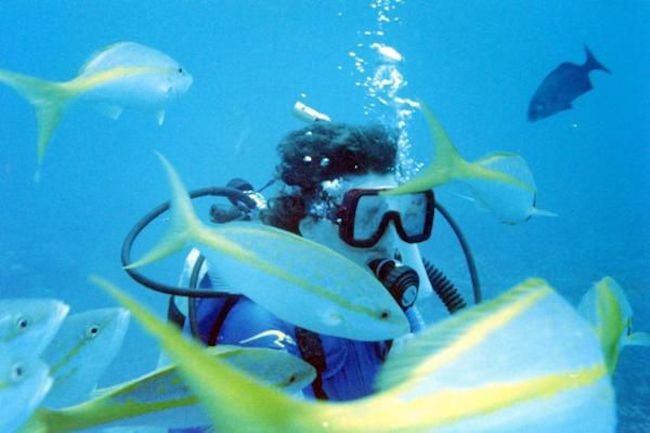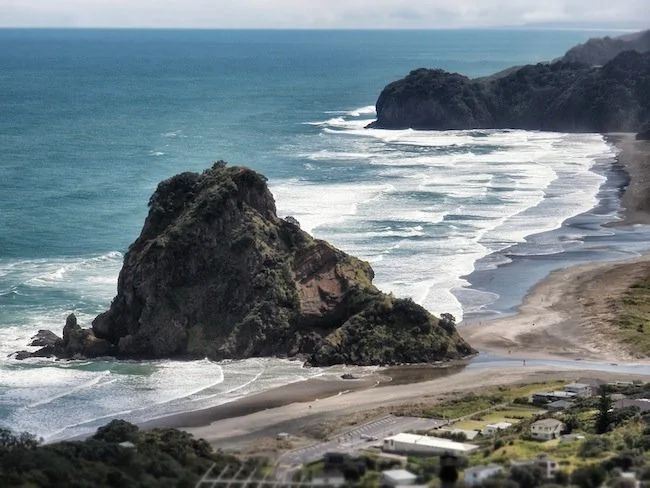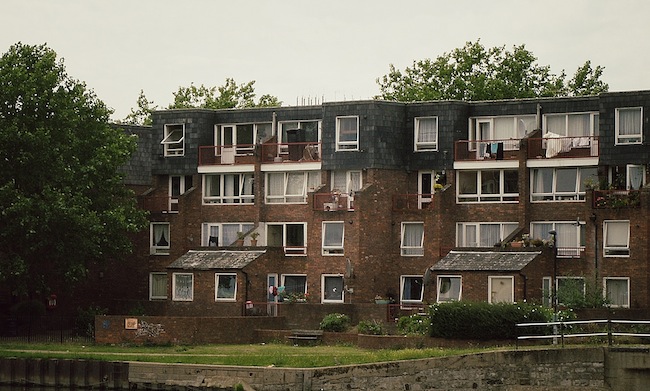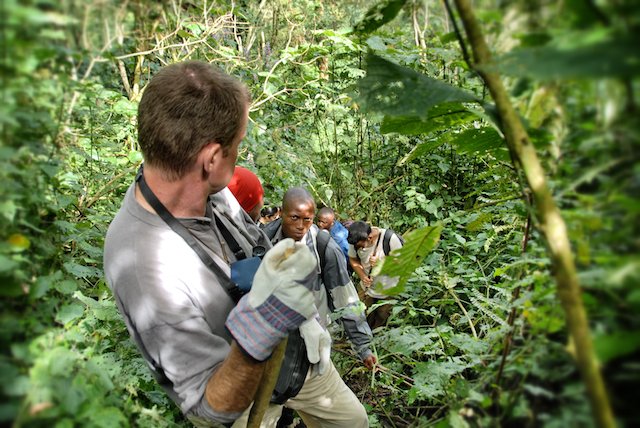by Lynn Smith
I was diving on a reef off of Harbor Island, in the Bahamas. It was a lovely morning, the bright sunshine spearing down through more than thirty feet of water to light up the colorful and fishy reef below. I had a cheap plastic underwater camera and was floating upright just off the sandy bottom, positioned to record the dive master hand-feeding a few of the “tame” Nassau groupers. A small cluster of divers eagerly watched the dive master as she pulled some goody from the front pocket of her buoyancy compensator (BC) and hovered over the reef.

Pretty soon, four large groupers swam out of their holes in the reef and slowly approached the dive master. I took a quick “establishing” shot, careful to capture the dive master, the fish and the group of tourists. I tried to crank the roll of film manually to the next frame, but the gloves I had on to protect my hands from sharp coral made operating the film advance wheel impossible.








